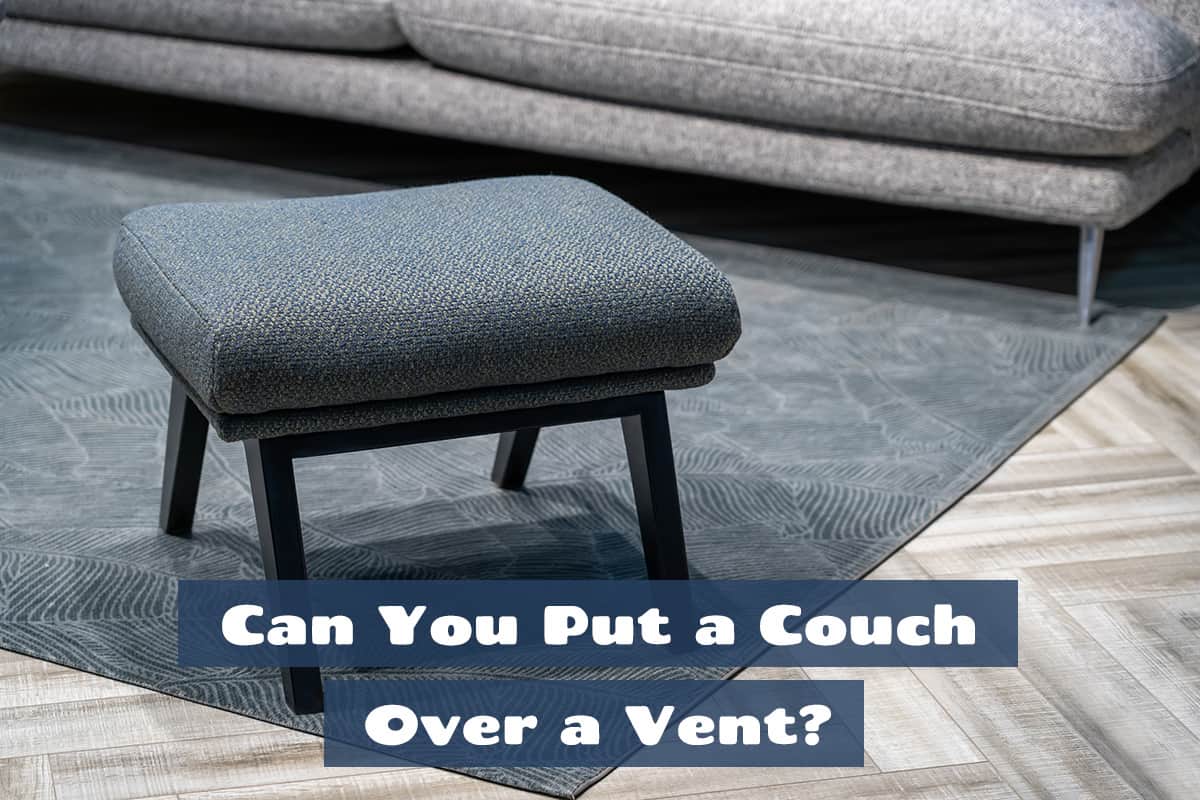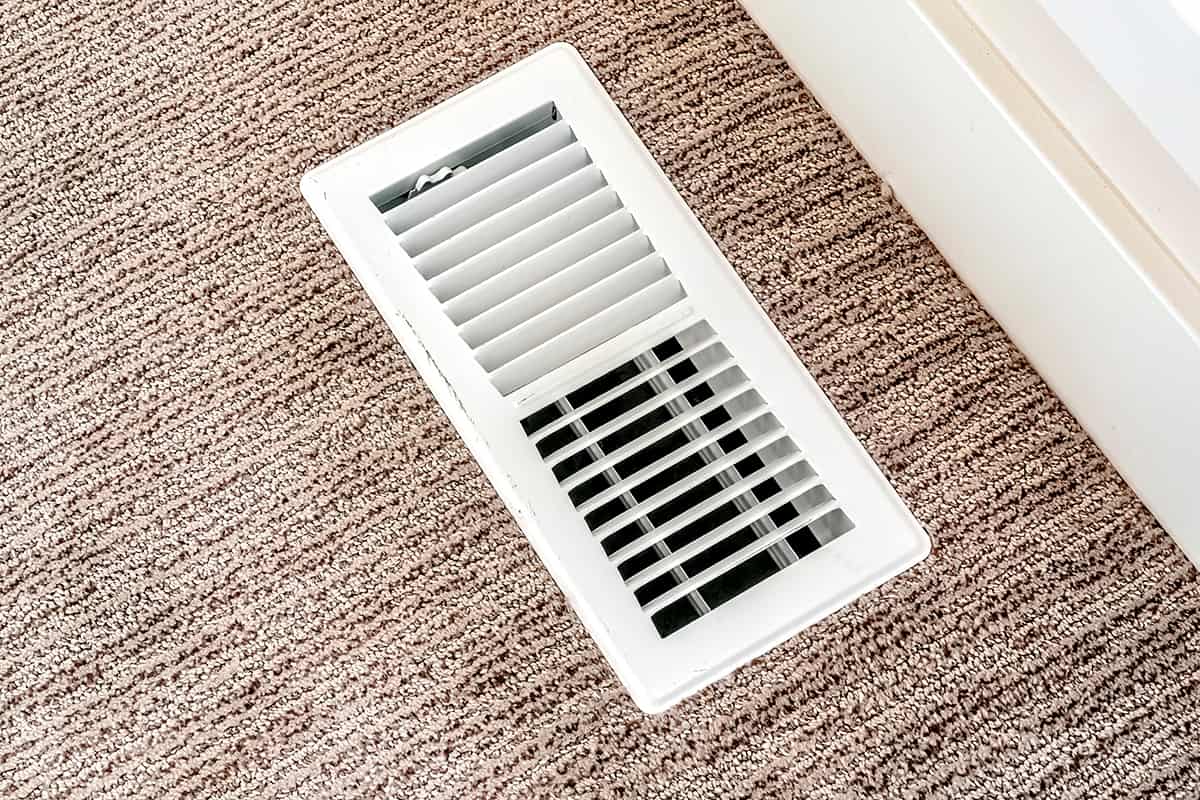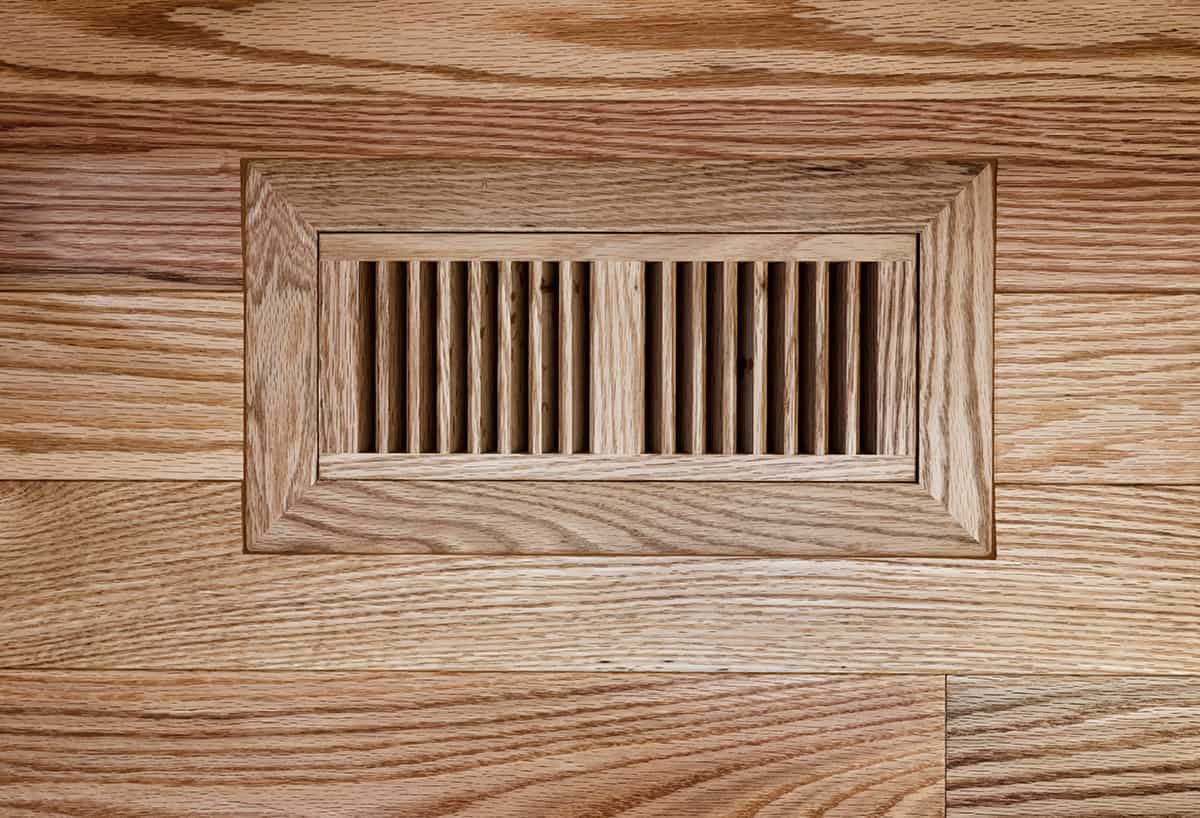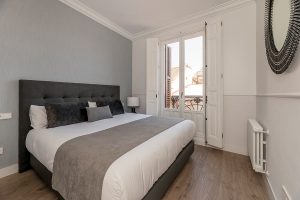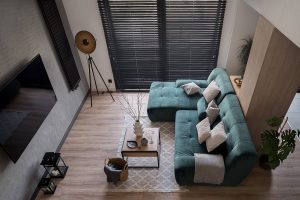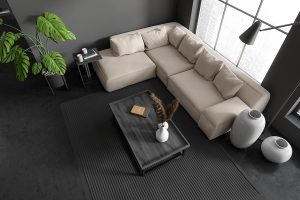If you have a HVAC (heating, ventilation, and air conditioning) vent in your living room then it can affect your furniture placement. In small living rooms, it may be quite difficult to position furniture in a way that doesn’t block a vent, and even in larger rooms, it can be inconvenient to have to arrange your furniture based on your vent placement.
Here we look at the impacts of putting a couch in front of a vent, and possible ways to get around this common issue.
Is it Safe to Position the Couch in Front of the Vent?
HVAC professionals recommend against putting any type of furniture, including couches, in front of vents in the home, and this is primarily for safety reasons. Having vents hidden behind the couch can cause problems that could result in expensive damage to your furnace or even the furnace setting on fire. It is best to avoid putting the couch in front of the vent to uphold safety standards.
Fire Hazard
Positioning furniture directly in front of an air vent can cause your furnace to work extra hard, because it is exerting the same amount of pressure but with limited opportunities for that air to escape. The harder a furnace works, the more likely it is to experience a fault which could include setting alight.
Excess Pressure
The excess pressure mentioned above is what happens when an air vent becomes blocked and the air has nowhere to escape. A blockage can occur as a result of placing furniture, like a sofa, in front of the vent. One potential result of excess pressure in a furnace is a fire, but more commonly it will result in the furnace malfunctioning, which can be an expensive and inconvenient problem to resolve.
Mold Growth
The growth of mold and mildew can result when a working vent has nowhere to release the air. Air contains moisture, and this moisture will build up inside the vent or in the fabric on the back of your sofa when the couch is pressed up against the vent therefore creating a blockage where air cannot escape.
Any moisture build-up will eventually cause mold or mildew to grow, which can present a health hazard to the inhabitants of the home. Breathing in air which contains mold spores can be dangerous, especially for vulnerable members of the population.
Does Blocking a Vent Affect Comfort Levels?
The health and safety risks associated with placing furniture in front of a vent are the main reasons why you should avoid doing so, but there are also other negative impacts that blocking a vent with a couch can have.
Blocking a vent with a sofa can lead to increased energy bills, improperly dispersed air, and a reduction in airflow. It can prevent a room from reaching a comfortable temperature, and render the HVAC system almost pointless.
Uneven Heating or Cooling
If a couch is placed in front of a vent, this is going to prevent the air coming out of the vent from effectively dispersing throughout the room. This means if the vent is a heating vent, you are likely to experience a pocket of hot air around the couch, and the rest of the room will remain improperly heated. If the vent is a cooling vent, the couch itself will likely get very cold, while the rest of the room. Vents are designed to blow out air that evenly heats or cools a room, but when a couch blocks the vent, the temperature of the air in a room can vary from one area to the next. This can make a room feel uncomfortable.
Increased Energy Bills
When a vent is blocked by furniture, it isn’t going to bring the temperature in the room to that which the thermostat is programmed to.
This means the furnace or air conditioning is going to work harder than it needs to in an attempt to reach the desired temperature. One impact of this is increased energy bills, along with a negative effect on the environment due to unnecessary use of energy.
Reduced Airflow
Restricting the airflow of a vent by placing a couch in front of it will of course negatively impact ventilation in the room, which in turn can make a room feel uncomfortable.
How to Avoid Problems with Vents Blocked by Sofas
Sometimes, especially in small living rooms, you have no choice when it comes to putting a couch over a vent. If this is the case, there are steps you can take to minimize safety hazards and also to ensure your room remains a comfortable space.
Partial Blocking
f you need to place furniture in front of a vent, try to avoid fully blocking the airflow. Allow some space around the vent to ensure that air can still circulate. This can help prevent significant disruption to the HVAC system’s performance.
If the vent is on the floor you could move the sofa to the side so that only half of the vent is covered, or if the vent is on the wall you could move the sofa forward slightly so that it isn’t pressed right up against the vent. This will create space for air to flow out of the vent without too much obstruction.
Airflow Direction
If the vent directs air upward, you might be able to place furniture with legs that allow air to flow underneath. For vents that direct air horizontally, try to leave space above and below the vent so that air can be distributed effectively.
Furniture Type
Lightweight and open furniture designs, such as bookshelves with slats, might have less impact on airflow compared to heavy, solid pieces like sofas. If your room doesn’t have any free wall space, consider moving your furniture around so that the more solid items aren’t over the vents.
Vent Extenders
Vent extenders are devices designed to redirect the airflow from a vent that is obstructed by furniture. These can be helpful if rearranging your furniture isn’t an option.
A vent extender will point the air in an alternative direction so that it isn’t blowing directly against the sofa. This is a good solution when it simply isn’t possible to place your sofa anywhere else but bear in mind that vent extenders may not be as effective as unobstructed vents.
Airflow Distribution
Placing furniture in front of a vent might alter the way air circulates in the room. This could lead to temperature variations, with areas closer to the vent being warmer or cooler than other parts of the room.
If you consider this when deciding where to sit or where to put other items of furniture, you could make it work to your advantage.
Furniture Material
Consider the type of furniture material. For example, a solid wood or upholstered piece might impede airflow more than furniture with open designs or lightweight fabric.
Regular Maintenance
If you decide to place furniture in front of vents, make sure to regularly clean the vents and change filters to ensure that the HVAC system isn’t strained due to reduced airflow. This will significantly reduce the likelihood of the system suffering from malfunctions.
